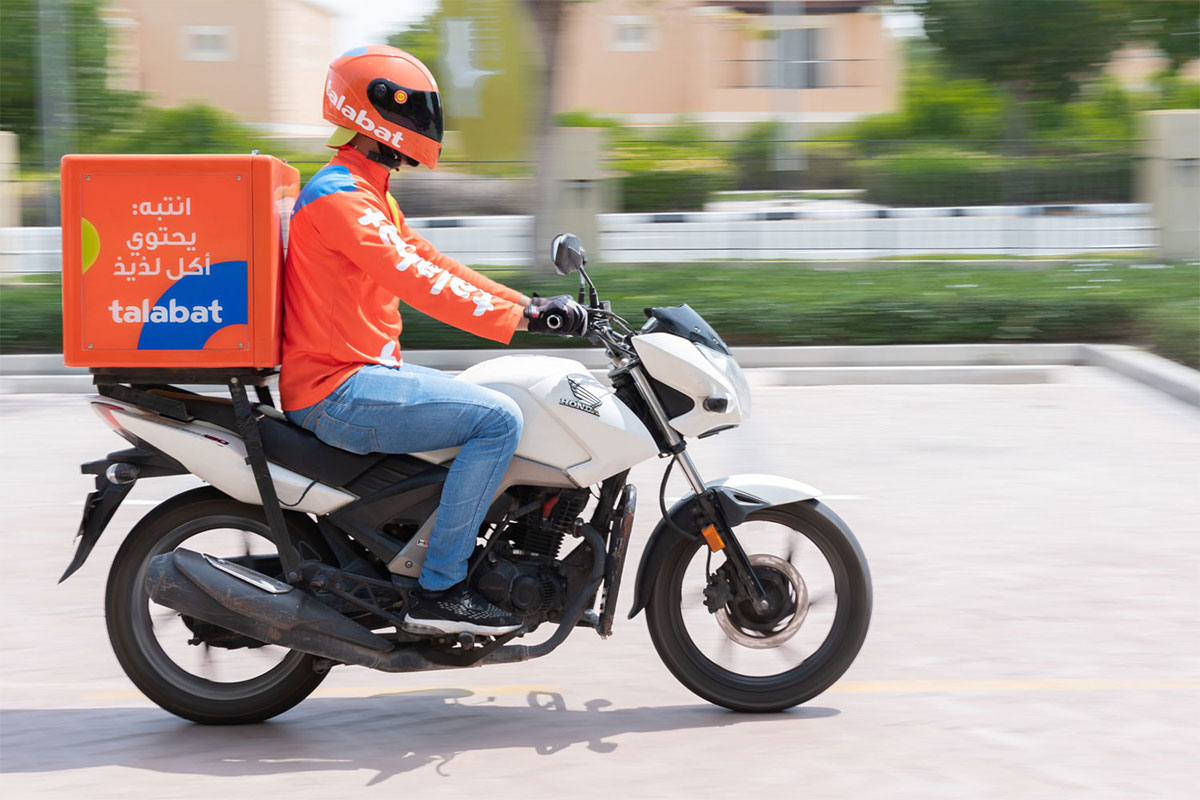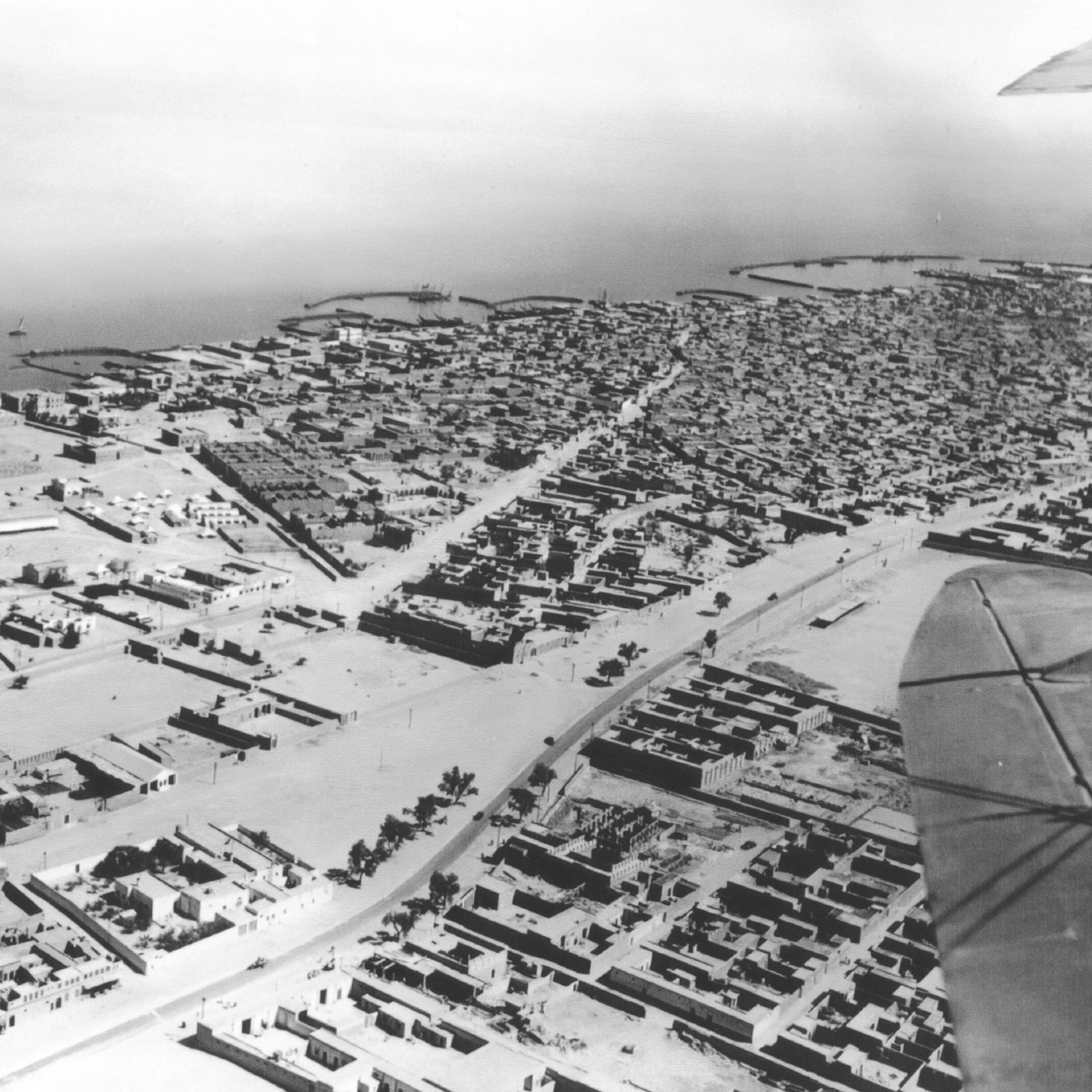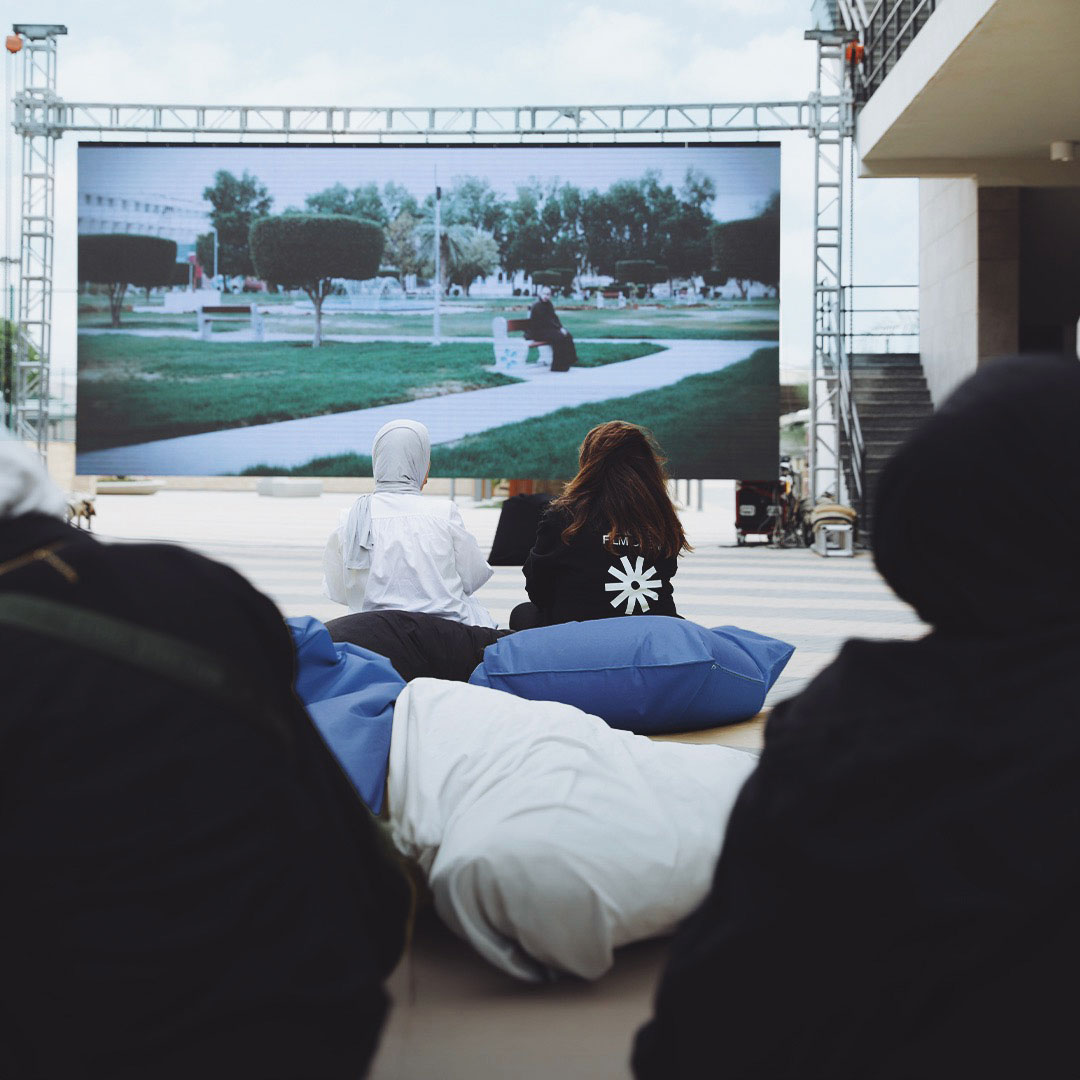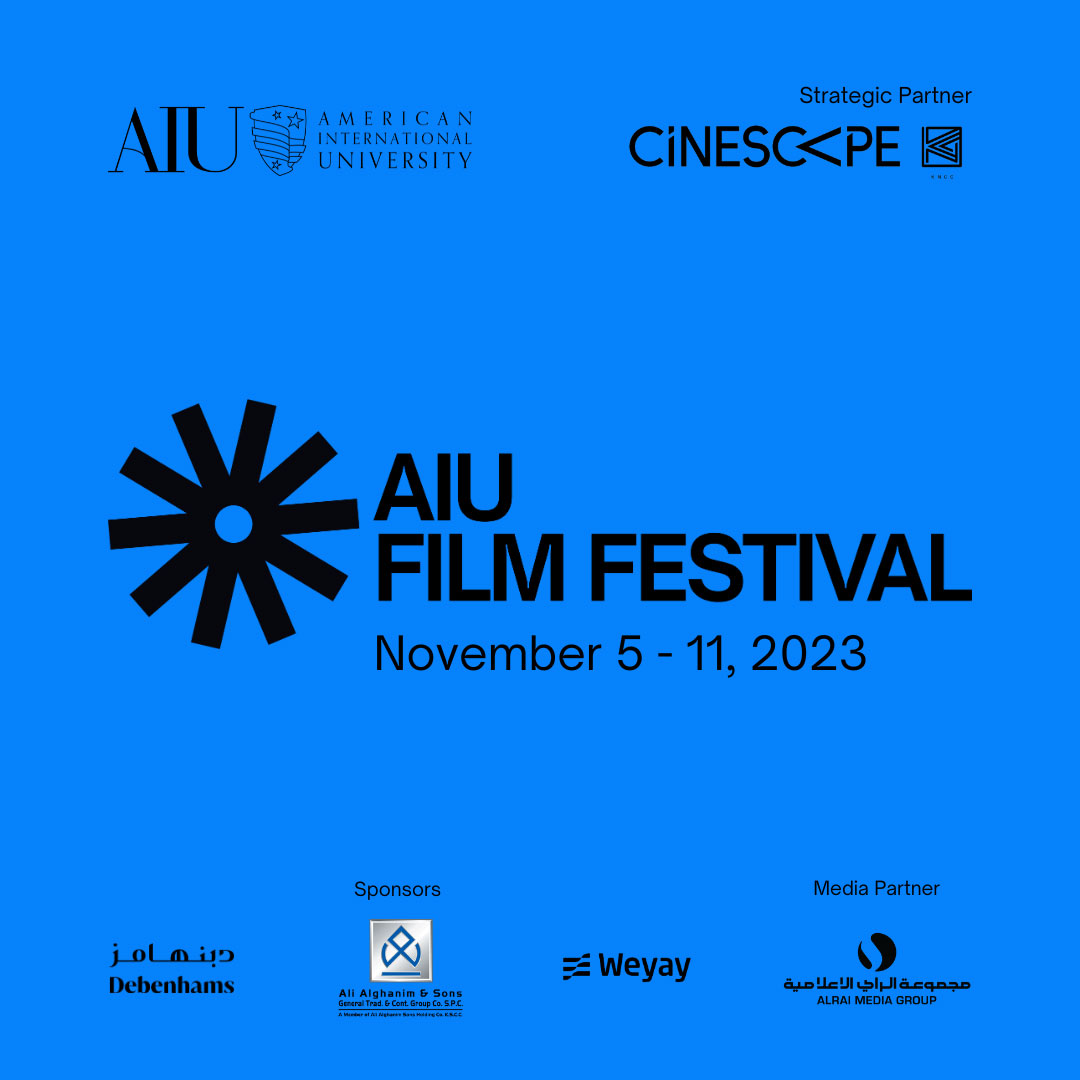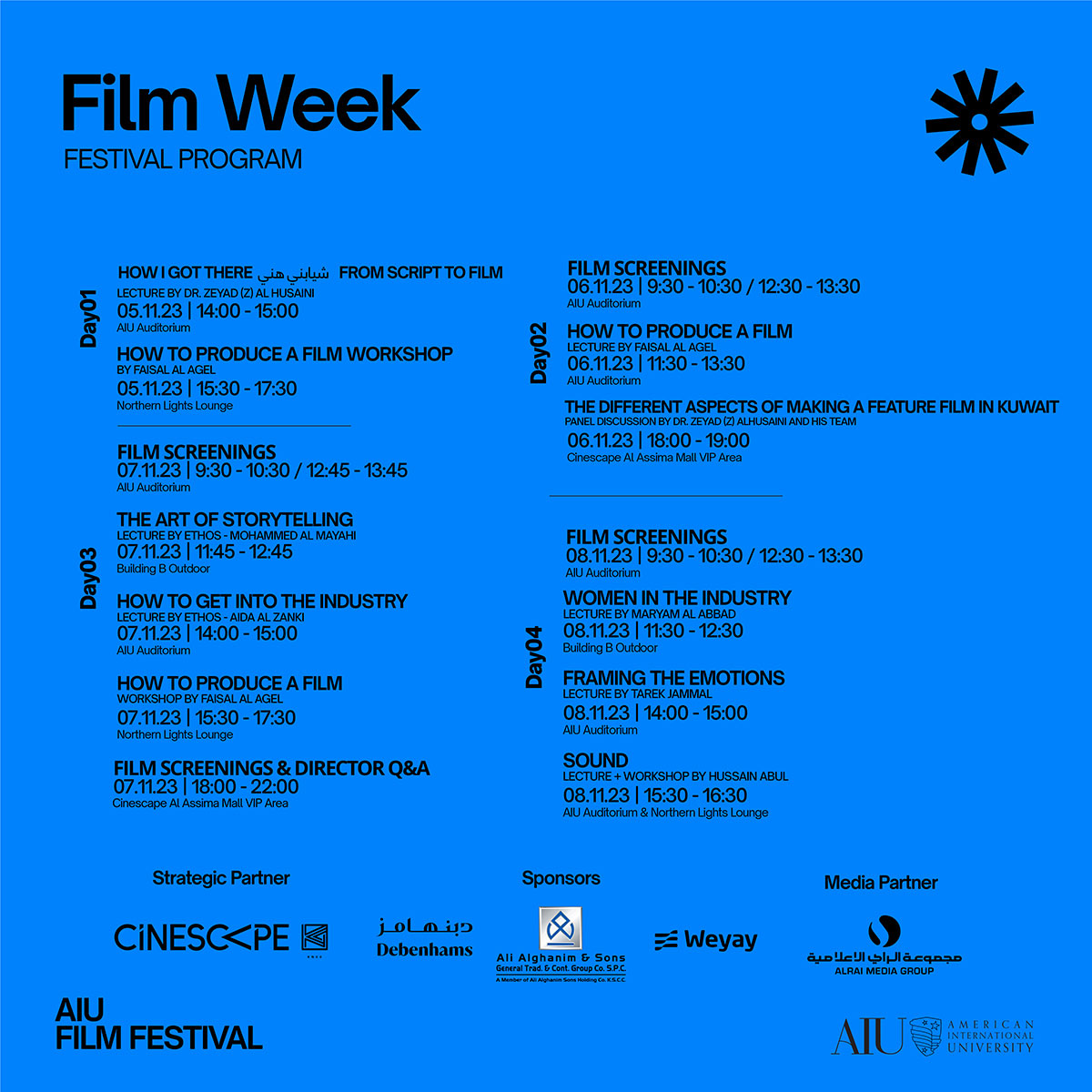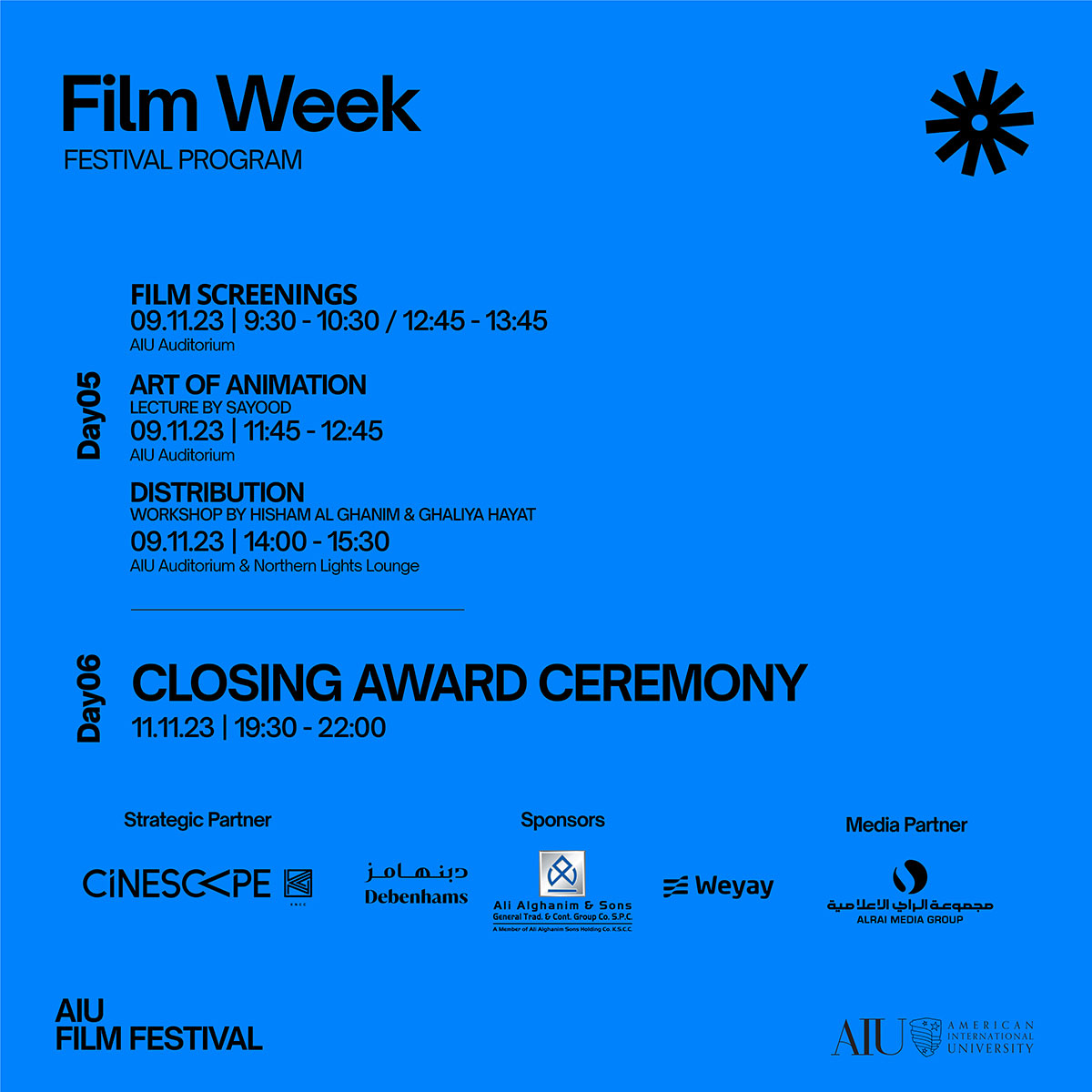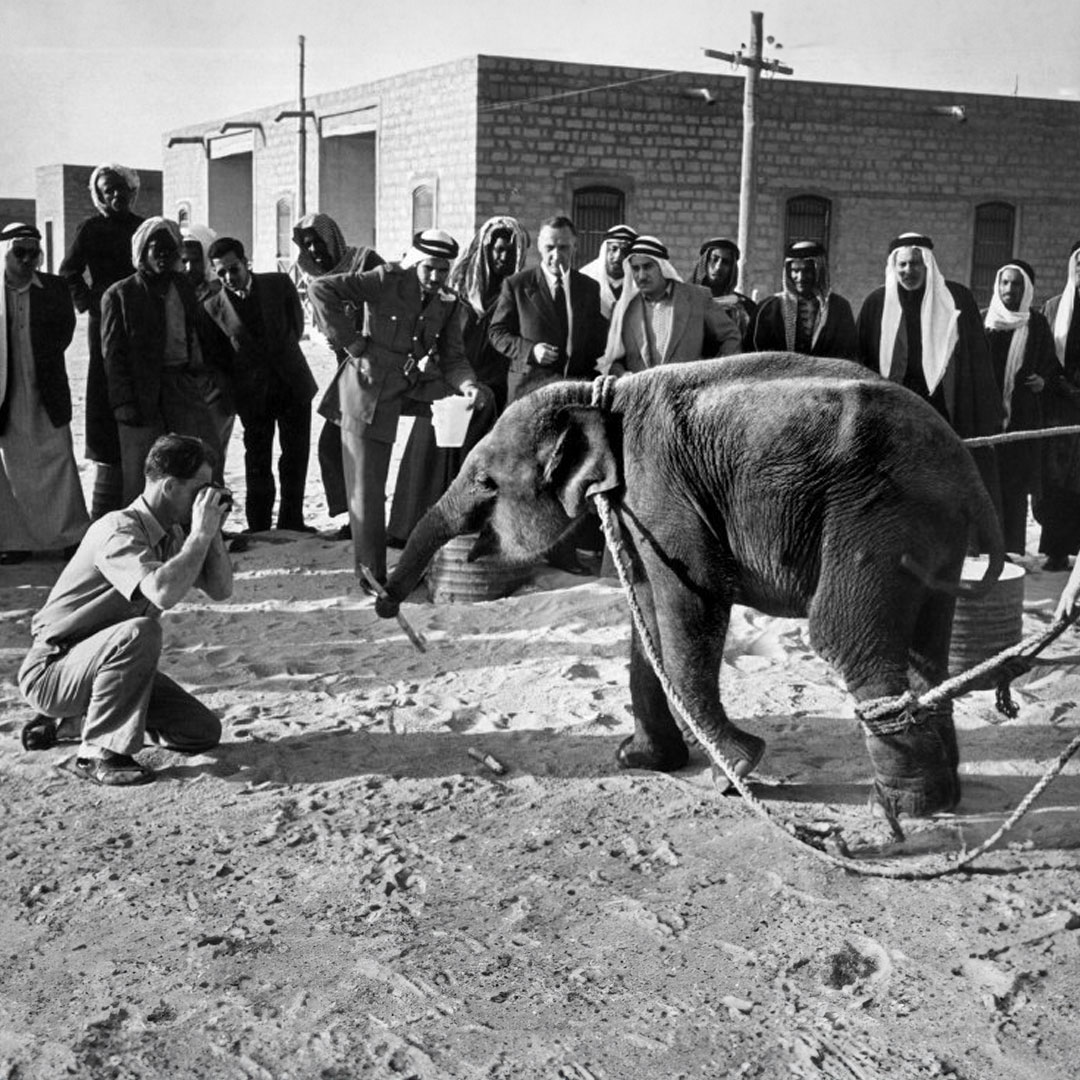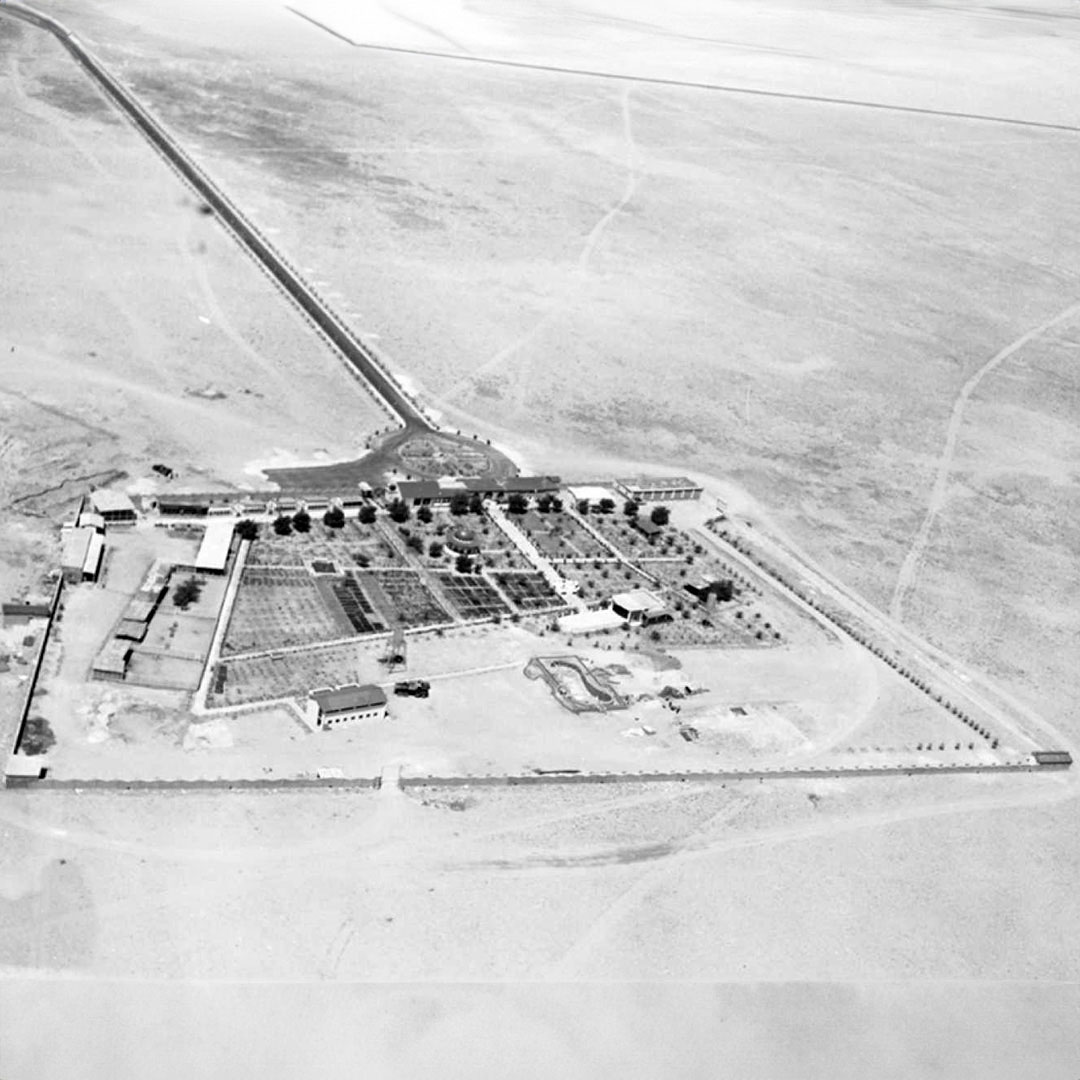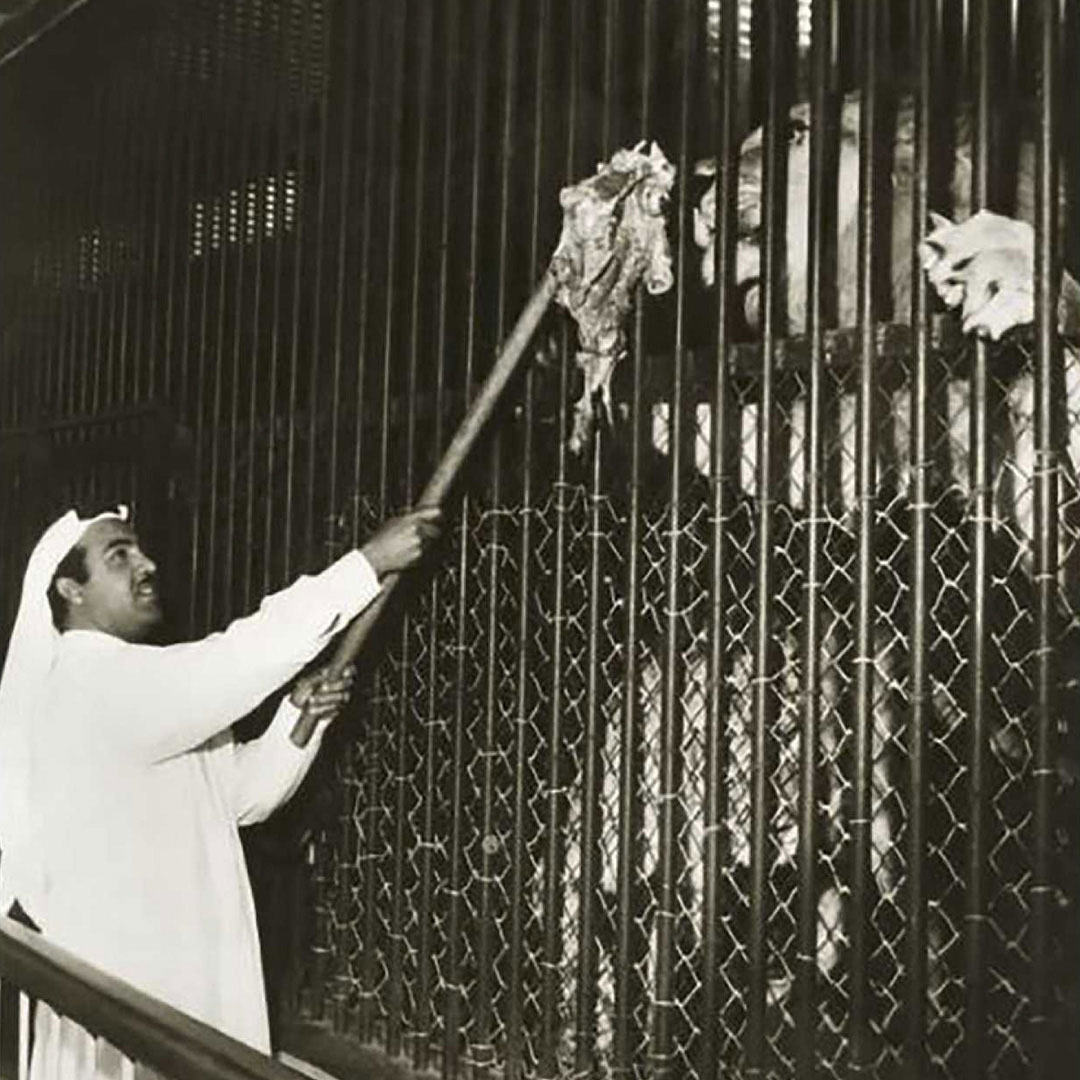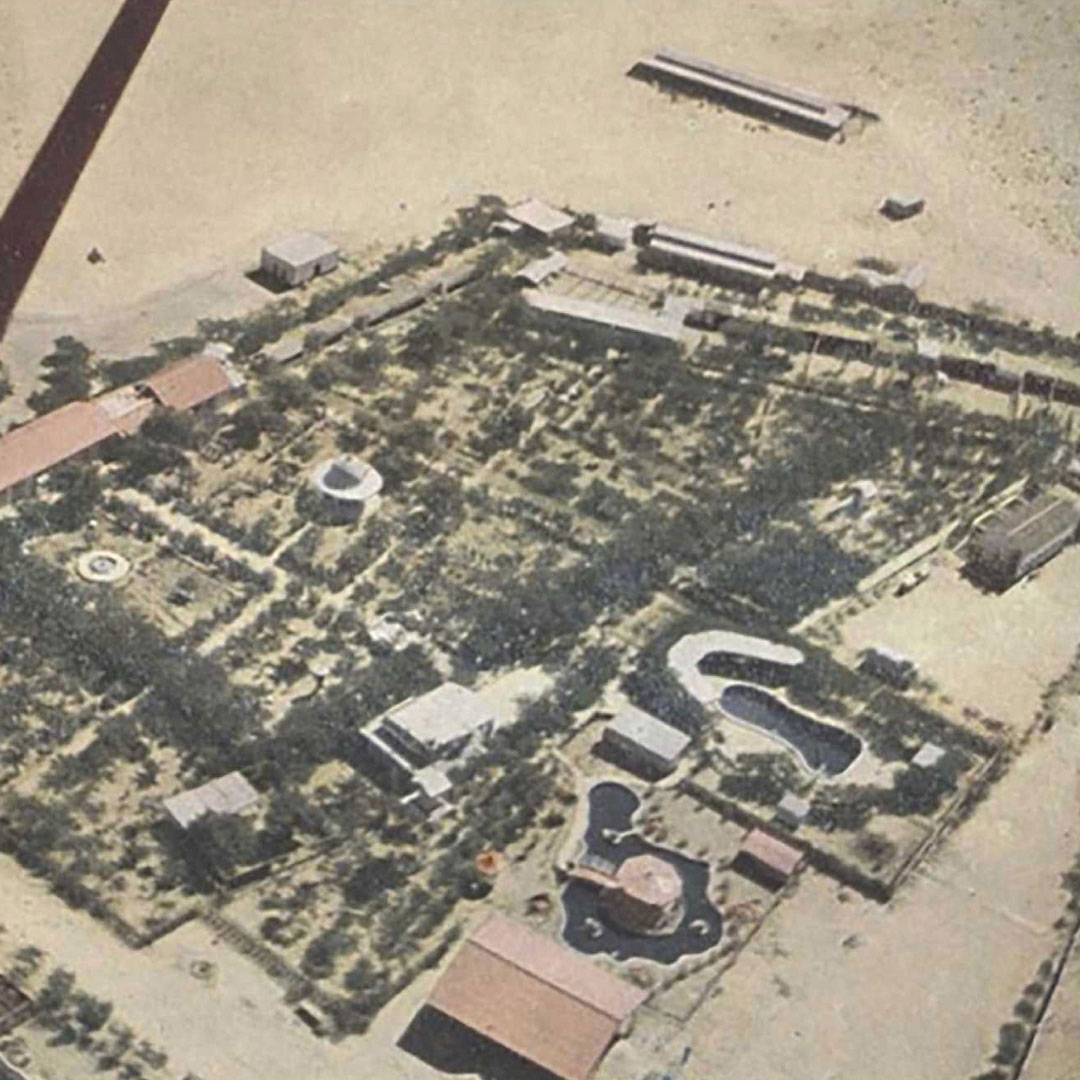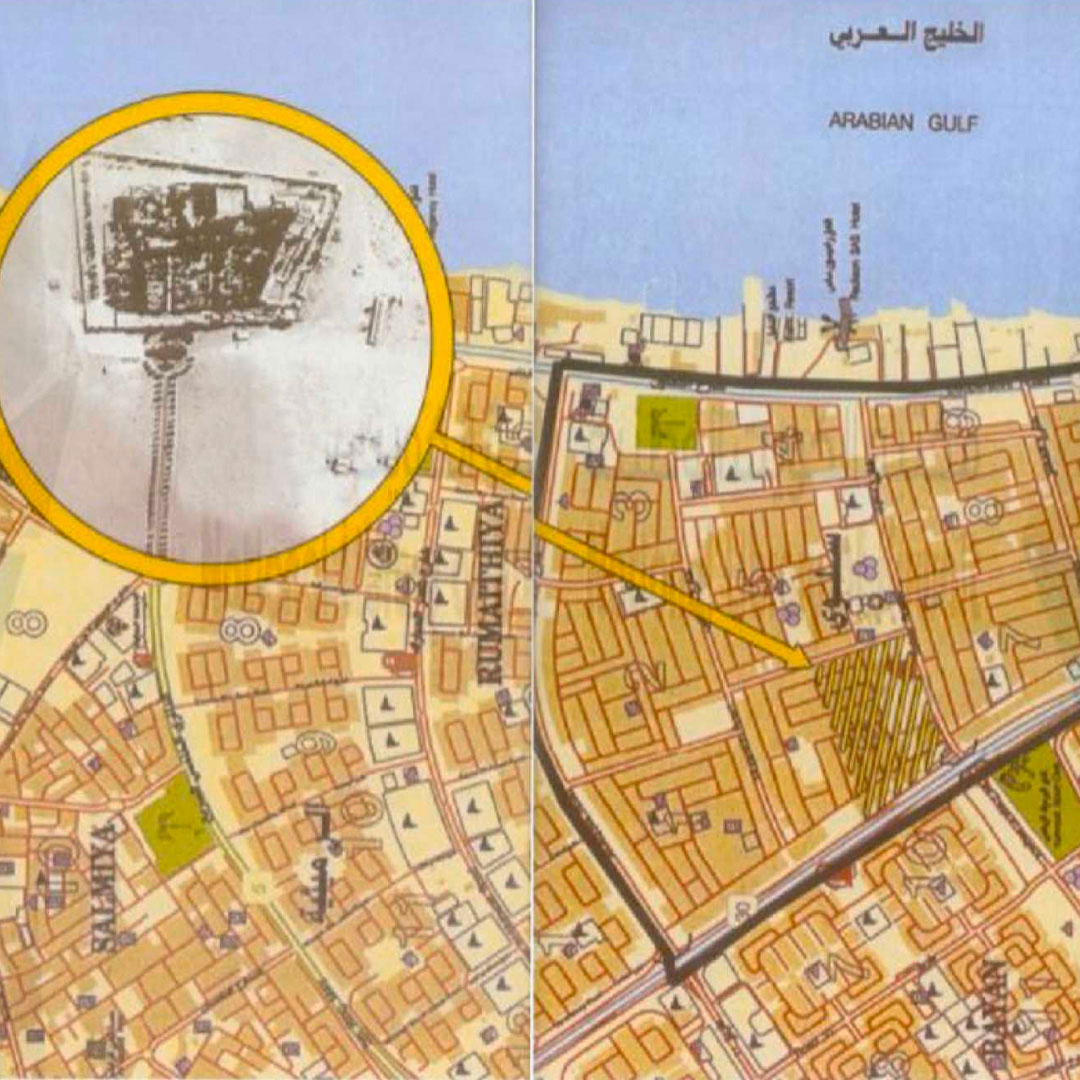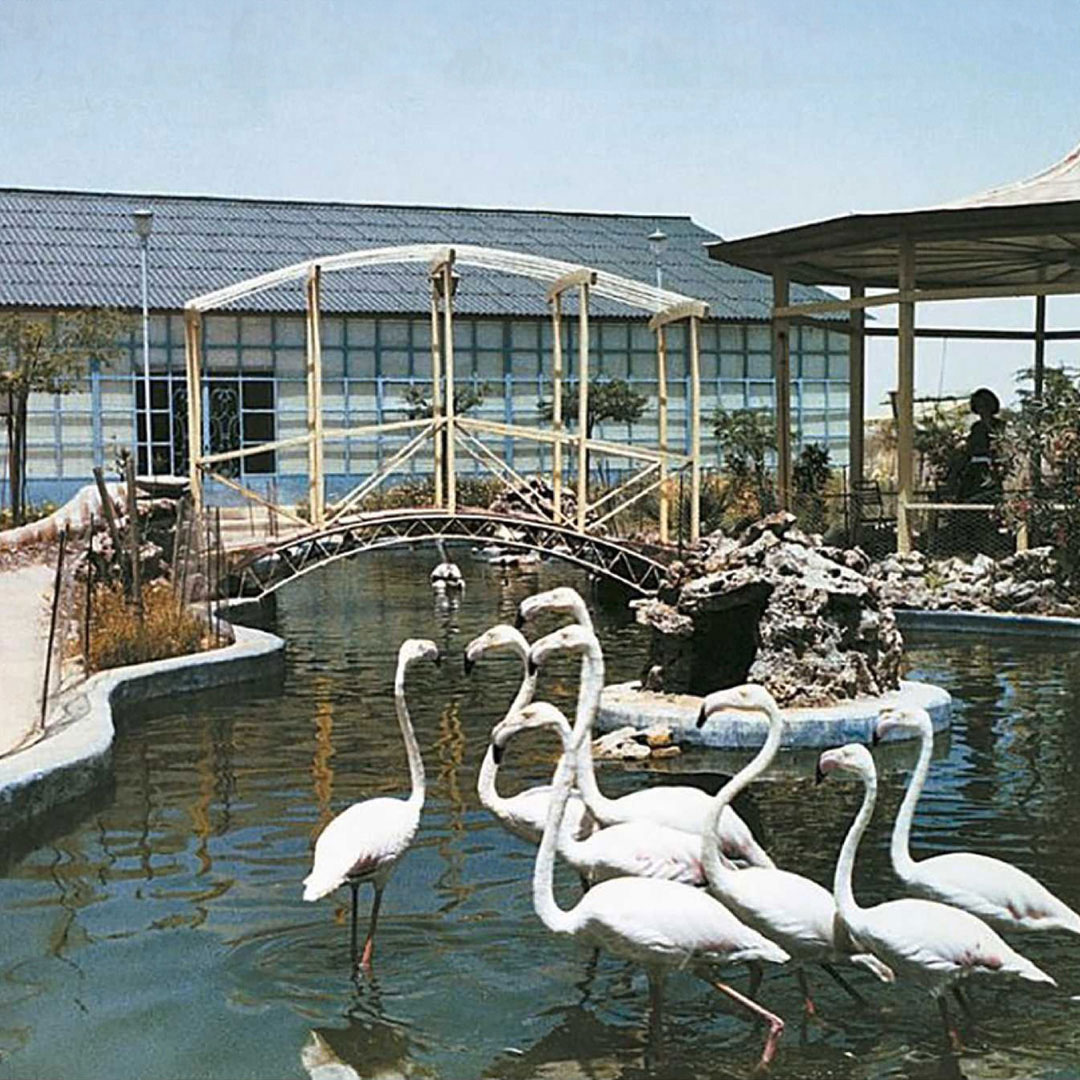
For the past few weeks, I’ve been preoccupied researching, interviewing, and scanning photos related to Kids ‘r’ us and I think I’m finally ready to share all my findings. For those of you too young to remember, Kids ‘r’ us was a huge and very popular toy store that opened in Kuwait (Dajeej) back in the early 80s. They later opened smaller locations around Kuwait including one in the old Salmiya souq which was popular after the 1990 invasion. A few weeks ago I got a comment under one of my old posts from a person called Khaled Al-Qutub saying he was part of the original team that opened Kids ‘r’ us. So right away I got in touch with him by email and later by Whatsapp to get his story. Here is everything I’ve managed to gather over the past few weeks.
Background
Firstly let’s get some background information out of the way. Kids’r’us was not an imitation of Toys “R” Us nor was it inspired by it. Kids’r’us was Toys “R” Us. Why we have a different name, logo and mascot isn’t very clear, from what I was told they wanted to create a new more relatable brand for the Middle East, but if that was the case then why would you go with a koala bear for a mascot and not say a camel or another animal from our region? Alghanim was granted a limited right to open Toys “R” Us stores (Kids R Us) in Kuwait and 13 other countries located in and around the Middle East that included Bahrain, Egypt, Iran, Iraq, Jordan, Lebanon, Oman, Qatar, Saudi Arabia, Sudan, Syria, United Arab Emirates and Yemen (source). From 1982 to December 1993, Alghanim opened four toy stores, all in Kuwait. Kids R Us lost over 2 million Dinars over the 11-year period from 1982 to 1993, and turned a profit only in one year of this period. (source).

The Begining
Khaled Al-Qutub was a Jordanian expat born in Kuwait back in 1964. Like many of the original Kids’r’us employees, he was young when he joined the team. According to Khaled, they were around 25 employees and 6 managers that helped launch Kids’r’us (most pictured above). When they joined and visited the store for the first time it was completely empty with just tiles and columns. Over the next months, they had to install all the gondolas (what they call the store shelves), receive the containers, and unload items into the warehouse and onto the shelves. The store was composed of three floors. The warehouse was located in the basement and was 2,500sqm, the main store was on the ground floor and was also 2,500sqm, and there was a small 500sqm mezzanine floor that originally held offices but later got turned into a buy-as-is damaged goods area. The original location is still in Dajeej, it’s now where Sears is located.

Two or three guys from Toys R Us (USA) came to Kuwait to train the Kids R Us staff. They brought floor layouts with them and showed the staff where to put everything. When the toys arrived in the containers they had Toys”r”us labels on them.

Dabdoub
One day while they were busy setting up the store Khaled got called into the office by the manager back then, Rawi Alkhatib, and his deputy Amal Haddad. They had gotten delivery of a large blue box that morning and it was now in the office and they asked Khaled to open it. That was when he saw the dabdoub costume for the very first time. It was huge! Khaled was told that he would be dabdoub and was given some basic set of rules to follow, feel free to do whatever you want to make the kids happy, but you’re not allowed to make a sound or talk. Later after Khaled left Kids’r’us other people took over the job, but he was the original mascot.

The Opening
Before the store opened the employees went around giving out bumper stickers to people on the street telling them about Kids’r’us. A while back I found some newspaper ads for the opening and you can see one of them above.

Kids ‘r’ us officially opened on November 10th, 1983 it was considered to be the largest toy store in the region at that time with over 10,000 toys. According to Khaled, the first day was crazy with thousands of people, families, and children all visiting the store. You couldn’t move inside.

The Work Environment
Khaled only stayed with Kids’r’us for 2 or 3 years and then left. After talking to him I realized I might be able to find other Kids’r’us employees who might also have information and photos to share with me. So I did the most basic thing, I searched LinkedIn. I wasn’t expecting to find anyone but somehow I did, I found another Khaled, Khaled Saqer.

Khaled Saqer joined Kids’r’us around the same time Khaled Al-Qutub left and one thing I found fascinating is how both of them talked so highly about their experience working at Kids’r’us. The Kids’r’us managers must have been really great because the work environment seemed incredibly fun. All the employees were similarly aged, and all with similar mindsets. According to Khaled Saqer they all used to play football together and they used to even come into the store on their off days just to hang out in the back.

Khaled told me he was part of a Whatsapp group with around 14 ex-employees who were still in touch with each other which I was invited to join for research. It’s a group where they shared old photos they come across of Kids’r’us, but mostly it’s just like every other Whatsapp group where they share random videos and memes. During the Gulf War everyone ended up leaving to different places and since then over the years they’ve been slowly reconnecting and finding each other. For example, I ended up connecting them to Khaled Al-Qutub who is now part of their ex-employees Whatsapp group.

Not a lot of them have any photos from back when they used to work there except for Khaled Saqer. Not only did he have photos, but he also had documents and sketches all archived in an old photo album. He even still has his uniform. Khaled was one of the lucky employees to get training in the US, Alghanim sent him to Toys”R”Us in Atlanta for three months where he learned everything and came back and applied it to the store. Most of the photos I was able to gather were from him.

The Demise of Kids’r’us
As I mentioned at the start of the post, Kids’r’us wasn’t a profitable business. During the 1990 Iraqi invasion the Dajeej store was looted and burnt down and after the war, it was never restored. Alghanim also never ended up fulfilling their end of the deal with Toys”R”Us, so in 1993 when the contract was up for renewal, Toys”R”Us handed over the franchise rights to the UAE group Al-Futtaim. But, Toys”R”Us made a mistake and handed over the franchise a bit earlier than they should have so Alghanim took them to court for breach of their agreement, and on July 11, 1996, the arbitrator awarded Alghanim $46.44 million for lost profits (source).
So that’s the story of Kids’r’us. I’ve uploaded all the photos and documents including the floor plans for the Dajeej store to my Flickr account so they’re available to download in high resolution. You can check them all out by clicking here.
